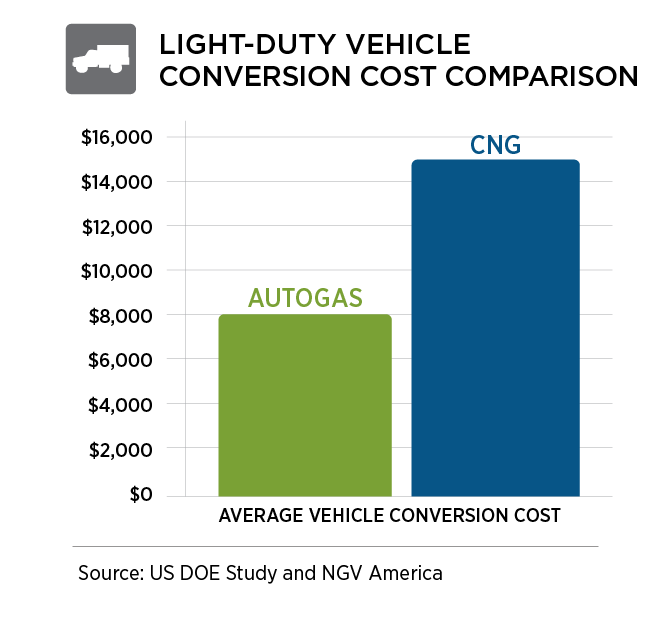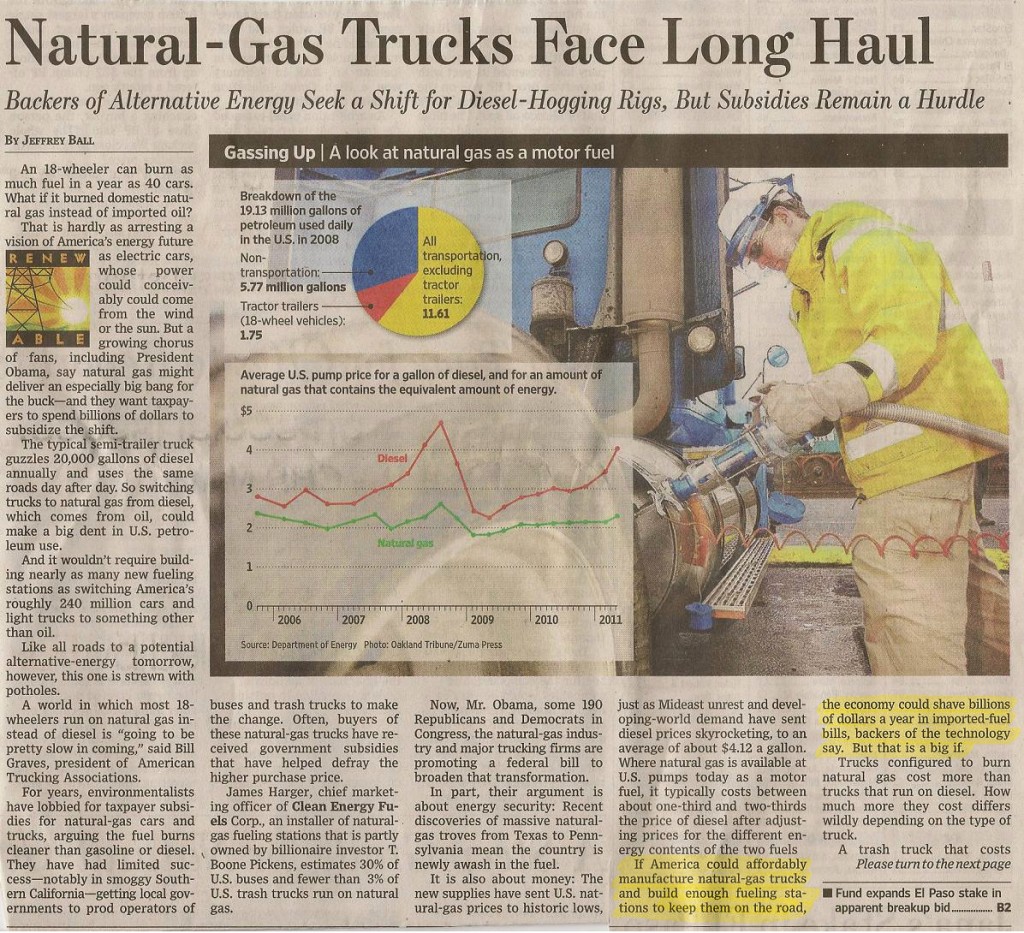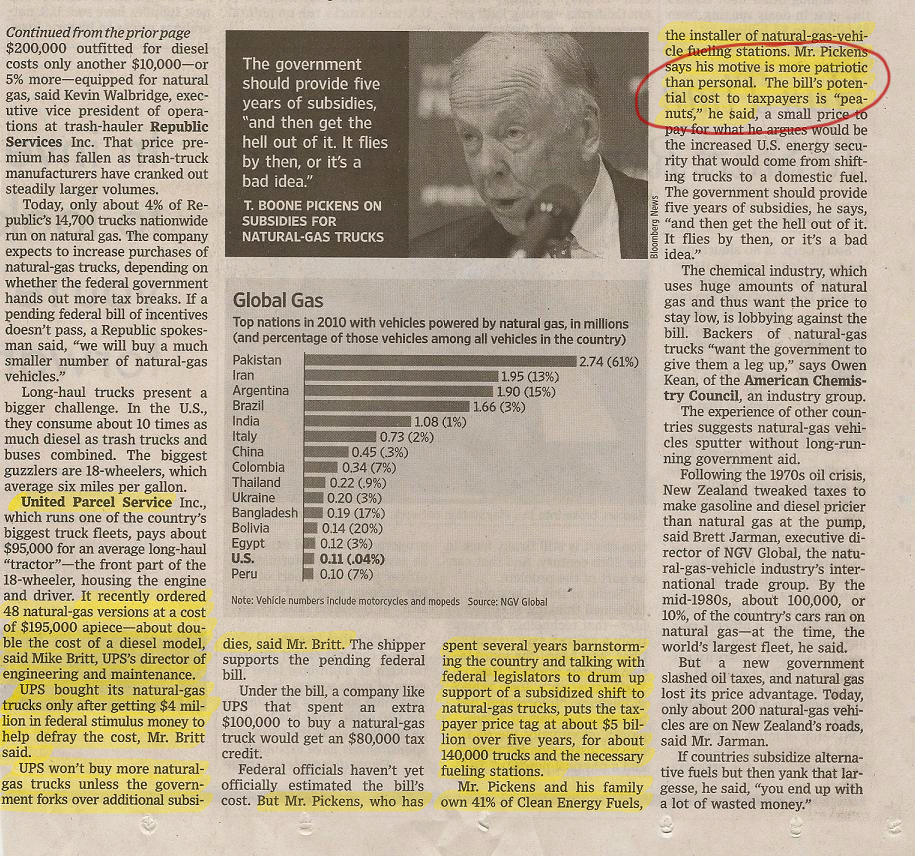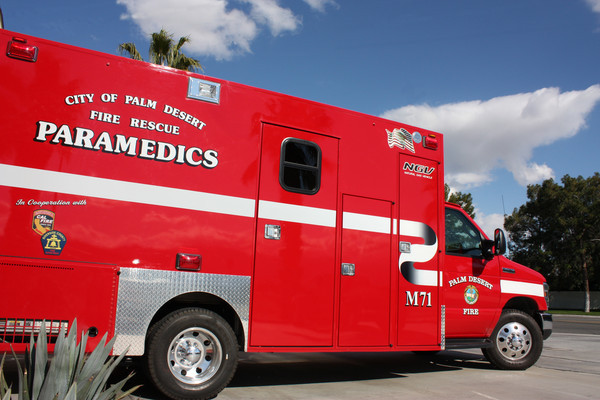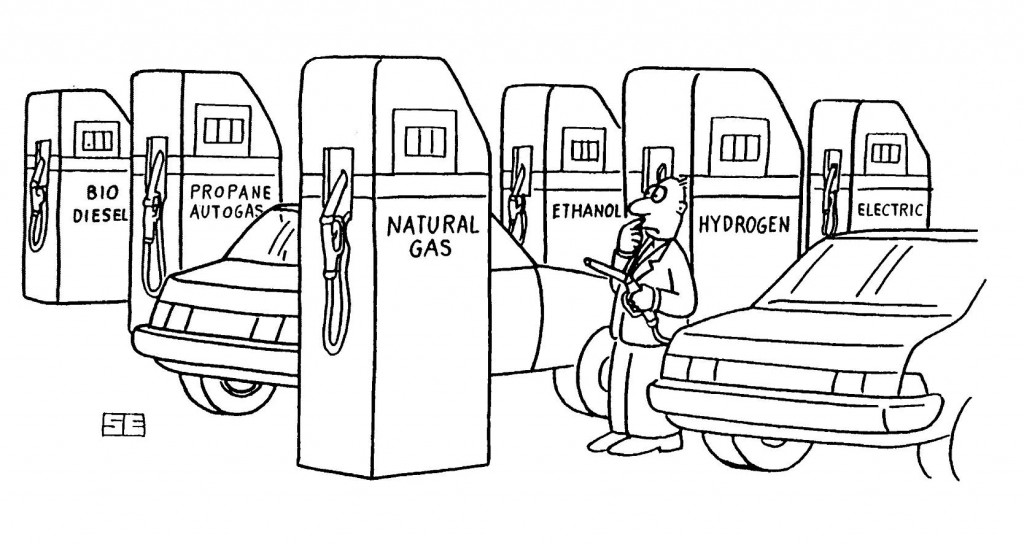As more U.S. drivers move toward alternative fuel and advanced technology vehicles instead of gasoline, several state governments are tackling an important question: how do we pay for transportation infrastructure funded by diminishing gasoline taxes while not punishing those who opt for cleaner transportation?
No one is a fan of raising taxes, whether it’s the gasoline tax or fees for alternative fuel vehicles, but we can no longer depend on the gasoline tax to fund our nation’s transportation needs. On one hand, this is a good thing; it means we’re decreasing our reliance on gasoline for vehicle fuel and increasing our nation’s energy security. On the other hand, the money has to come from somewhere—and it’s becoming increasingly clear that taxing drivers of alternative fuel and advanced technology vehicles is not the answer. Part of the allure of switching to alternative fuel or purchasing an electric vehicle is the promise of eventual cost-savings, and any move to tax these drivers is sure to be met w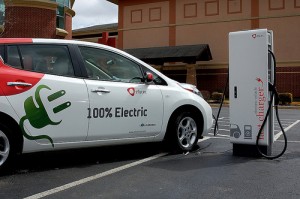 ith resistance.
ith resistance.
The state of Virginia, for example, has legislation approaching ratification that would replace the gasoline tax of 17.5 cents per gallon with a 3.5 percent wholesale tax on motor fuels and a $64 annual fee on hybrid and alternative fuel vehicles (down from $100 as part of a compromise). While this was meant as a way for clean vehicle drivers to continue contributing to the state’s transportation fund, some criticize the so-called “hybrid tax” as detrimental to adoption of clean fuel vehicles, petitioning the legislature to eliminate the tax from the bill.
Other states struggling to address transportation funding in the new era of alternative fuel and fuel-efficient vehicles include Indiana, Maryland, and New Jersey. In Florida, a group is proposing to tax drivers for every mile they drive in order to make up for an estimated $74 billion shortfall in funding for necessary transportation projects. West Virginia is considering a similar program; however, Minnesota recently tried this and found the tracking technology lacking. Even the federal government is grappling with the question of how to increase funding for important transportation initiatives without raising taxes. However, as an article in Politico recently pointed out:
The most obvious, simple and straightforward solution would be to raise the 18.4-cents-per-gallon gasoline tax, which hasn’t budged since the last time it was raised in 1993. But that’s also the most politically difficult option. As a result, a gas tax increase has become the third rail of transportation policy, sending lawmakers of all political stripes — Democrats as well as Republicans — fleeing.
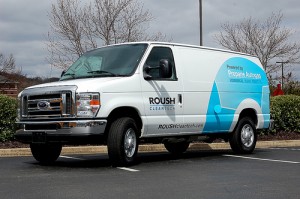 We are certain to see this issue played out on both the state and national level. Solutions will most likely be a matter of trial and error as part of the growing pains of collectively switching to domestic clean fuel. Luckily for drivers of vehicles that run on affordable American-made fuels like propane autogas, fuel cost savings are significant and, in many cases, immediate. While a $64 fee may negate any savings a driver of an electric-hybrid vehicle sees in a year, autogas vehicle drivers can save thousands annually on fuel costs alone.
We are certain to see this issue played out on both the state and national level. Solutions will most likely be a matter of trial and error as part of the growing pains of collectively switching to domestic clean fuel. Luckily for drivers of vehicles that run on affordable American-made fuels like propane autogas, fuel cost savings are significant and, in many cases, immediate. While a $64 fee may negate any savings a driver of an electric-hybrid vehicle sees in a year, autogas vehicle drivers can save thousands annually on fuel costs alone.
Follow us on Twitter and visit our Facebook page for more alternative fuel vehicle news and views.
*All images courtesy of East Tennessee Clean Fuels Coalition.*





